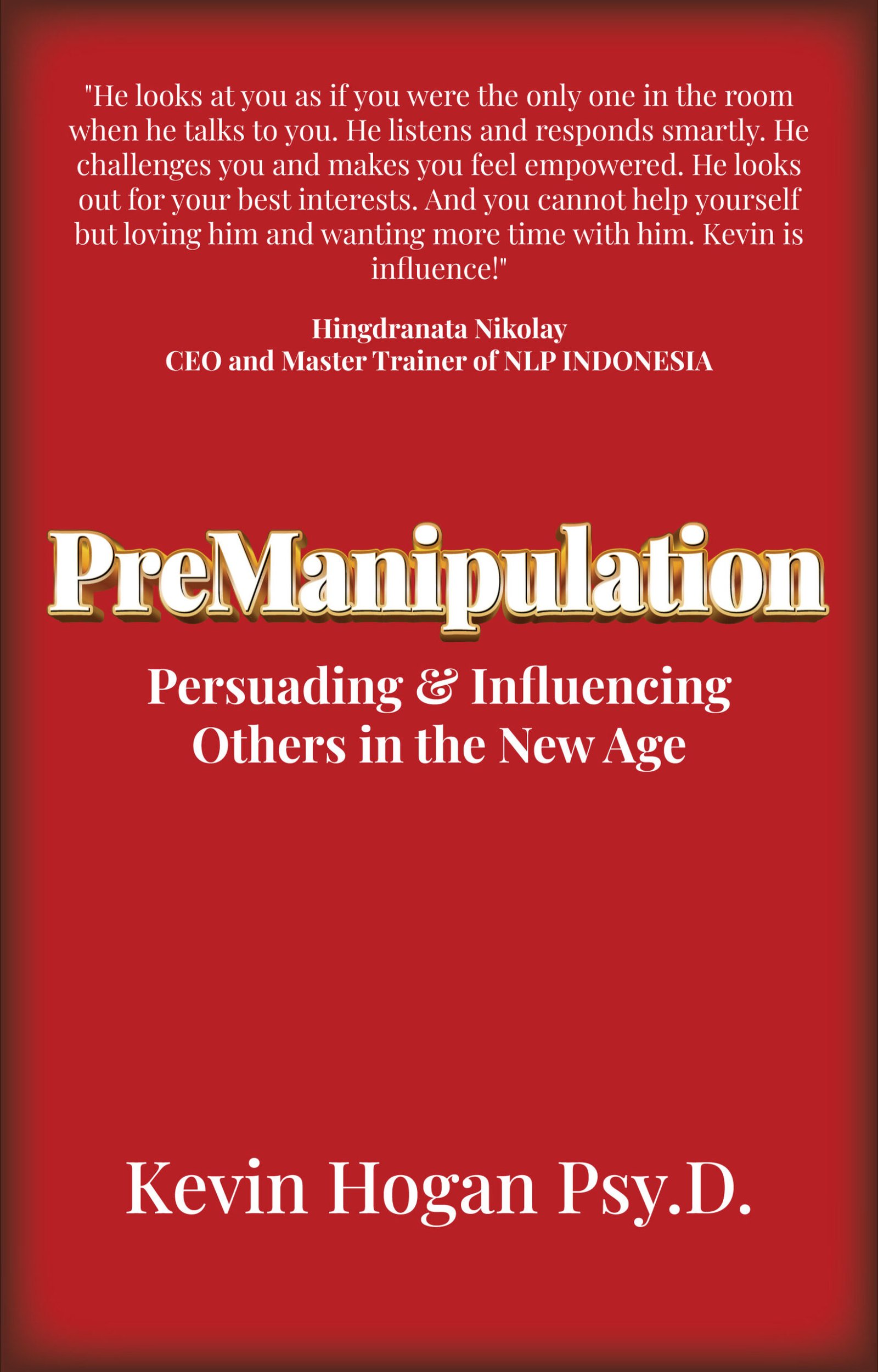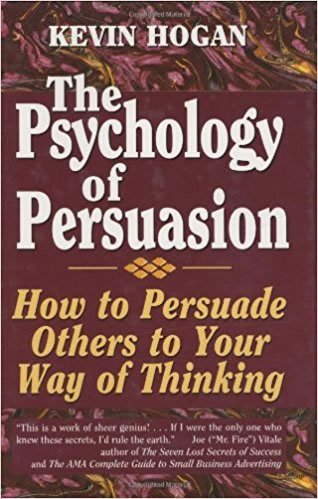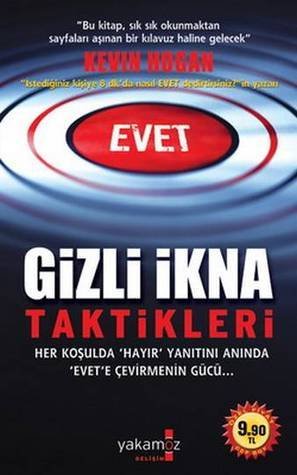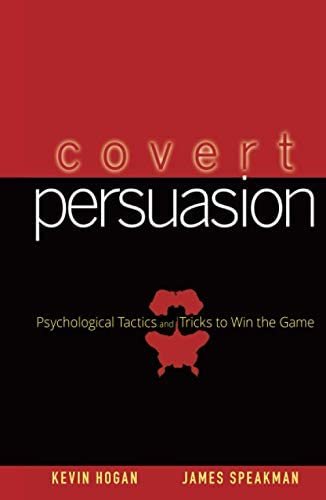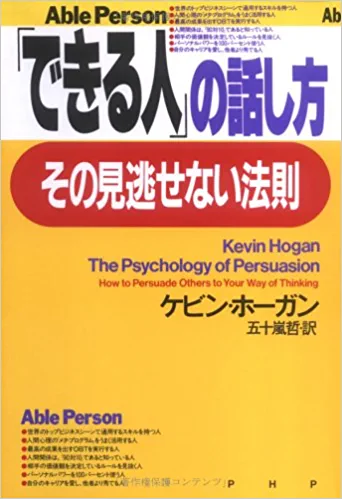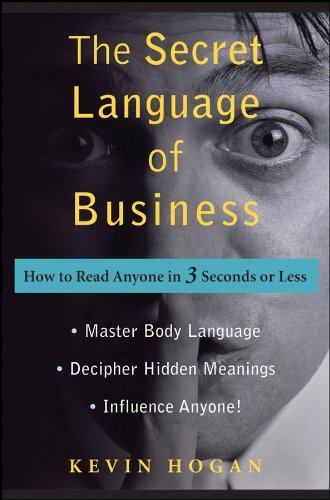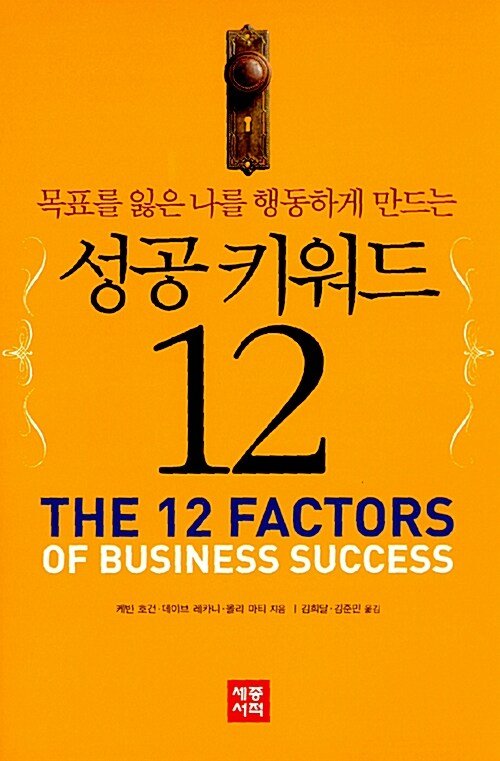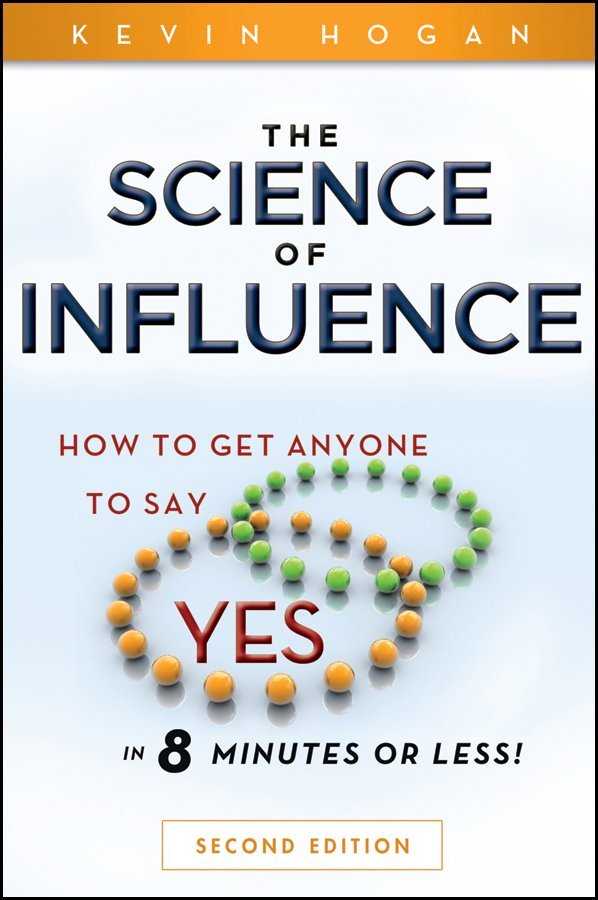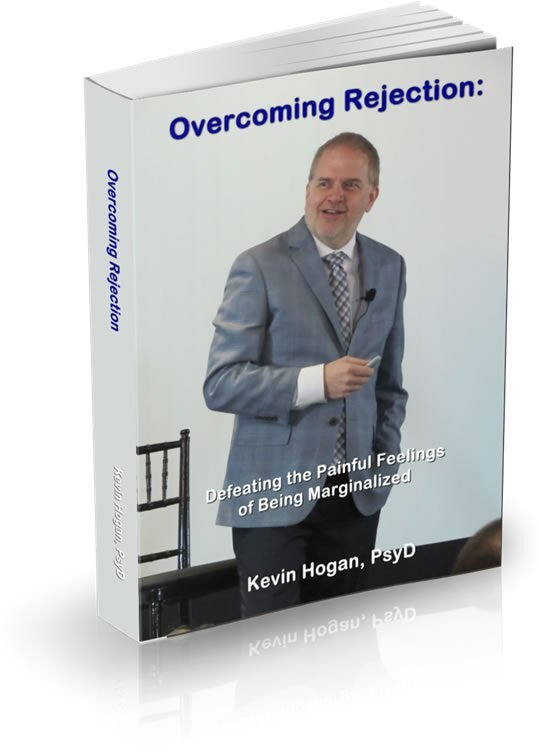Bad things happen to good people. It’s a fact of life. One of the most extraordinary things about human beings is our capacity for resilience in the face of trauma.
Miraculous survival and recovery are not occasional happenings in the world. Everyday, someone survives a tragedy. Every day, someone takes another step toward a happier life despite a past trauma. Every day, life goes on, and we adjust. And we are stronger for it.
The suggestions in this article are obviously not substitutes for professional care. However, many people have found similar strategies effective for relieving the stress of trauma and taking control of themselves. Whether you choose to seek professional help or embark on a healing path yourself, know that you can break free and begin to live again when tragedy touches you. You don’t have to let trauma keep you from achieving what you want out of life.
You can choose just one, or any combination of these techniques to work on freeing yourself from trauma. If you are uncomfortable with an approach, move on to another selection.
“It Could Be Worse”: Dramatization and Awareness
For mild trauma, sometimes laughter really is the best medicine. If you are able to look at the situation objectively, you may be able to “laugh at it,” or at least arm yourself with enough knowledge to realize you had it easier than it might have been.
I often say, “Now this is absolutely hilarious,” when the audit letter comes, or when semi-disasters strike. If the pain has happened to someone else, I never say or think that…only if “it” is happening to me.
Now in no way does saying that make me laugh but I often think what it would look like in a comedy on TV.
A few months ago the sump pump back up battery started blasting. I know nothing about sump pumps or batteries… I don’t even know if I can spell them correctly.
The stupid back up sump pump has this incredibly ear piercing sound that runs about 90 dB. Having once had tinnitus in the 70+ dB range, it was a blast from the past… if you will.
So I go to look at the battery with my hands over my ears.
And I think…
“….yup….it’s a battery all right.”
Now there is no sense in yelling or screaming or anything because no one is around to experience the Wrath of Khan or even watch it.
I say a few four letter words over and over and over and over.
Then I say, “This is absolutely f-ing hilarious.” Over and over.
And that word hilarious triggered off an old Bill Cosby routine about Noah and The Ark and while I did NOT laugh, my spirit was lighter.
“If you want me to repent, just fricking ask, no need to shout.”
Eventually I figured out how to shut the stupid battery up and then found a Cabernet…
There are two ways to approach this method…
The first is to simply use your imagination. Picture the trauma, and then imagine all the ways in which it could have been worse.
For example, if you have a checking account, you may have bounced a check, ended up having to pay a fee to the bank and had to postpone paying one of your bills or go without something you planned to purchase.
Now, imagine what might have happened if you bounced multiple checks. You might have had to put off several payments. The snowball effect could have caused you to lose your car, or have your power shut off. Your bills could have spiraled out of control, eventually leaving you homeless.*
When you imagine the worst, in frustrating or mildly traumatic experiences it CAN help the stress level come down.
It’s easier to put setbacks into perspective.
Traumas can be seeds for more pain – or for growth…and of course sometimes both (they aren’t always independent of each other!
*NOTE: Again, losing your power, your car, or your house qualifies as major trauma, for which dramatization is not always effective.
There is a second approach to dramatization and awareness of minor trauma.
The second approach is to research actual cases where the situations of other people turned out worse than yours.
NO, NOT TO SAY YOU WERE LUCKY.
YUK.
Hang on…
You can search online for news stories, or browse the periodicals archive at your local library. Generally, you will always be able to find cases concerning people who had more difficulty than you, yet they survived – and you will too. After all, you’re still alive. If you want to take this method a step further, you can do something to help others in your situation.
Make a donation to a specific case or a related charity, or start a support program or fund drive in your community. Taking action, no matter how small, often helps to alleviate the feelings of loss and helplessness associated with trauma.
Obviously this isn’t going to work for everything…but for some people at some times, it sure can help you out a lot!
For Your Eyes Only: Journaling to Release
Journaling can be therapeutic or it can be a disaster.
If a person is going to journal all the bad stuff of life and then go back in the coming years to revisit those days without the perspective of the good that happened as well – memory shifts, your life becomes worse and you become unhappier.
We aren’t going to do that.
Keeping a journal or diary is one of humankind’s oldest traditions. The thoughts, feelings and emotions of generations have been preserved through countless pages inscribed with words that are often kept private throughout the life of the writer, and revealed only in the interests of adding to historical record.
I think of Anne Frank’s diary…or Benjamin Franklin’s….
For therapeutic purposes, sometimes the act itself of writing down past trauma allows you to face it more fully and release the negative feelings associated with the event.
The journaling process can be a short-term program used solely for working on a specific trauma. If you keep a short-term journal, you may wish to burn or destroy it at the end of the process as a symbolic realization of your freedom from trauma.
If you enjoy journaling, you may wish to continue keeping a written record of your thoughts and feelings.
Many people keep daily or weekly journals their entire lives. Journaling is an excellent form of self-communication that can benefit you whether or not you’ve experienced trauma in your life.
There are many different formats your journal can take. Following are some of the most common, but feel free to come up with your own journaling style to suit your specific needs…
These are some different formats your journal might take:
A) Freeform thought. Freeform writing is a technique used by many authors and aspiring authors to jumpstart creativity. Keeping a freeform journal is a good way to uncover thoughts you may be hiding even from yourself, and for beginners it’s an excellent starting point.
The instructions for writing freeform are simple: just sit down with your journal and writing implement of choice, and start writing. Don’t worry about spelling, grammar, or even coherence. Simply write down whatever comes to mind. Try to do this for at least five minutes to give your mental engines time to warm up. If you don’t feel like stopping after five minutes, just keep writing.
Daily freeform writing is one of the most therapeutic practices available.
B) Memory release. This technique is most beneficial for short- term journaling, particularly if you intend to destroy the journal in a symbolic manner when you’re finished.
Memory release journaling is exactly what it sounds like: you merely write down your memories of trauma and any feelings associated with them, and then release those negative feelings.
Imagine that they are now on paper, and therefore no longer in your heart or mind. For this reason, it is more effective to destroy the journal when you are finished with it.
C) Dear Jerk letters. If a specific person or group of people, living or dead, (or that you wish were dead…) was responsible for the trauma in your life, writing a letter or series of letters to them can be helpful in transcending your trauma.
You will probably never send them the letters, but putting down in physical form what you would say to them if you could is immensely satisfying on a personal level.
You can address the letters to their names, or give them creative nicknames (Dear Jerk, Dear Friend-Stealer, Dear Scum of the Earth) to protect your privacy and add more kick to your scathing monologues.
D) Story-form therapy. Some traumas are too fresh or too painful to relive fully. In these cases, writing a fictionalized account of the experience can be helpful in releasing negative emotions. You can change the names, locations, ages, or even genders of the participants in your personal trauma to give yourself a more objective view of the situation and assist you in coping or finding closure.
Creating alternate versions of the situation helps to displace bad feelings. You can even write yourself a happy ending, or give your fictional self victory over your oppressor.
E) Pictorial journals. You may feel words are inadequate to convey your traumatic emotions. If this is the case, you might consider drawing a journal instead. Just as you don’t have to be a good writer to keep a journal, you don’t have to be a good artist to draw one.
Use whatever form you feel comfortable with, whether it is stick figures, abstract scribbling, or fully detailed rendering. The only important step in journaling is to get something concrete down on paper, and no one but you will ever have to look at it.
Choosing the right journal can be just as important as what you place inside it. The human mind is a powerful thing, and our thoughts and perceptions have an incredible influence on our actions.
Here are a few tips on choosing an appropriate journal for your self-guided “therapy”:
1) Put Special Thought into The Journal You Choose. The size, layout, look and feel of your journal should be symbolic, either of your intentions or your personality. Take your time in picking out a journal you enjoy looking at and holding.
Give yourself permission to spend a little more than you usually would, and avoid bargains or sales (unless the one on sale is exactly what you’re looking for).
Attaching a slightly higher dollar value to your journal than what you might pay for something like a typical school-grade spiral notebook gives the importance of your journal a mental boost, and helps remind you that what you put inside it is important to you.
If you don’t want anyone else to read your journal, no matter what, invest in one with a lock.
2) Put Thought into Your Writing Implement Choice. Choose a writing implement that you will use specifically for your journal.
With the exception of a pictorial journal, pencil is the poorest medium to use, as it conveys the sense of a temporary state that can be changed with a pass of the eraser.
Pen or marker are the best choices.
You should write with the medium you feel most comfortable in, that benefits you in a symbolic or significant way. You can choose an ink color you like, buy a set of glitter pens, pick up a novelty pen, or even get an old- fashioned quill pen- they are available in ballpoint versions or traditional chisel-point and inkwell styles. Be sure to only use the writing implement you choose for your journal, and not for\ grocery lists or jotting down phone numbers.
3) Keep Your Journal Where You Will Always Find It. Find a home for your journal and keep it there unless you’re writing in it.
Establishing a permanent place for your journal- under the bed, on the top shelf in the closet, in a dresser drawer, on your nightstand – is an important step in your journaling routine.
This helps to reinforce permanence and form new habits (and eliminates the possibility of losing your journal).
Become More Aware of the Triggers of Influence!
What Makes a Person Decide? Find out!
![]()
![]()
![]()
BRAND NEW! The Science of Influence, Part V
Volumes 49-60
Kevin Hogan
New Program!
It’s here!
I’m very excited.
I didn’t release a Science of Influence set in 2006 because I wanted this one to be something special…
I wanted THIS to be the one everyone remembers.
12 HOURS of new information and we have some fun along the way.
The one area I’ve left open for speculation in the first 48 CD’s, I’ve closed in Science of Influence 49-60.
Impulse Activation moves your hand from their pocket to the shelf holding the magazines, candy bars and nail clippers when you’re in line waiting to check out your stuff at the store.
Impulse Activation is what causes you to push “Buy Now” instead of surf away to a different web page.
Impulse Activation is what causes you to give a meaningful contribution to a charity even when you considered to not do so.
And almost no one is able to INTENTIONALLY cause Impulse Activation.
Except You.
I’ve taken a decade of research and put it all to the task of Impulse Activation.
I show you the Covert Psychological Triggers that are the most likely to succeed and then I show you HOW to use them.
Then I take you into the world of women. No one has ever written about the Covert Psychological Triggers that CAUSE women to act or decide in your favor.
I have.
I take you through step-by-step and itemize those Triggers, then, I show you the EXACT WORDS and PHRASES that work when communicating with women. To my knowledge, no one has ever done this before.
And there is a lot more.
In the last year there has been a LOT of research done in what persuades people…in what unspoken (covert) factors CAUSE people to spend more money, come back more often, buy more products and services.
And I lay it out for you in easy-to-understand fashion.
You are the first to have this incredible program and I am proud that you will.
Because as you come to understand the mind of the other person; you’ll also be learning :
- How to create the “gotta have it” feeling in consumers
- How to melt away sales resistance
- How to tap into the “primal” buying emotions
- How to literally and instantly establish rapport
- How to ’cause’ consumers to obey your hidden ‘sales push’
- How to infuse “proof power” into your sales letters
- How to arouse your prospect’s inner buying drives
- How to influence your prospect’s mind to trust you
- How to bypass your prospect’s conscious mind
In a nutshell, you’ll learn how to create influential messages that hold customers captive from the first words you say to the signing of the check.
In Science of Influence 49-60 you will learn how to:
- Cause Them to Identify with You
- Combine Two Key Drivers that Will Cause Compulsion to Comply
- Form Questions that Will Cause Compliance When Asked
- Never Have That “Phoney Feeling” Inside Again…and Instantly Watch Your Income Increase
- Use the Power of the Invisibility Intensifier
- Take Advantage of Kevin’s Full Christmas Tree Technique
- Optimize the Use of Their Feeling of Fear
AND…
- Determine Which of the Five Basic Fears to Utilize in Your Presentation or Copy
- Adopt Key Characteristics of God that Make You More Persuasive (even if you are Agnostic!)
- Use Features instead of Benefits to Close The Deal
- Send The Energy of Being THE Problem Solver to Those You Influence
- Use Sex and Sensuality to Sell. Clear and Simple
- Modify Old Sales Strategies to Become Influential in 2007
- Be THE Person That Imbues Them With Good Feelings…They Won’t Want You to Leave!
- Link Good Feelings with Buying Now
PLUS…
* Take Advantage of The Impulse to Instant Gratification With You, Your Product and Service
The Science of Influence 49-60: Triggering Compliance in the Buying Sequence is UTTERLY UNIQUE among all programs about persuasion and selling.
Because, for the first time, you will find out EXACTLY how to influence women. (Whether you are a man or a woman doesn’t matter. What matters is how you will use what you discover here!)
Women react and respond VERY DIFFERENTLY than men to influence attempts.
The chances are very good that your business is HEAVILY WEIGHTED with either 80% male or 80% female clients and customers.
I’m going to show you how to gain compliance from the women you’ve been missing out on.
I’ll give you THE EXACT WORDS that are REQUIRED to influence and sell women.
I will show you the PRECISE ATTITUDE that is REQUIRED to market effectively to women.
You’re going to have it all in your copy of Science of Influence: Triggering Compliance in the Buying Sequence.

